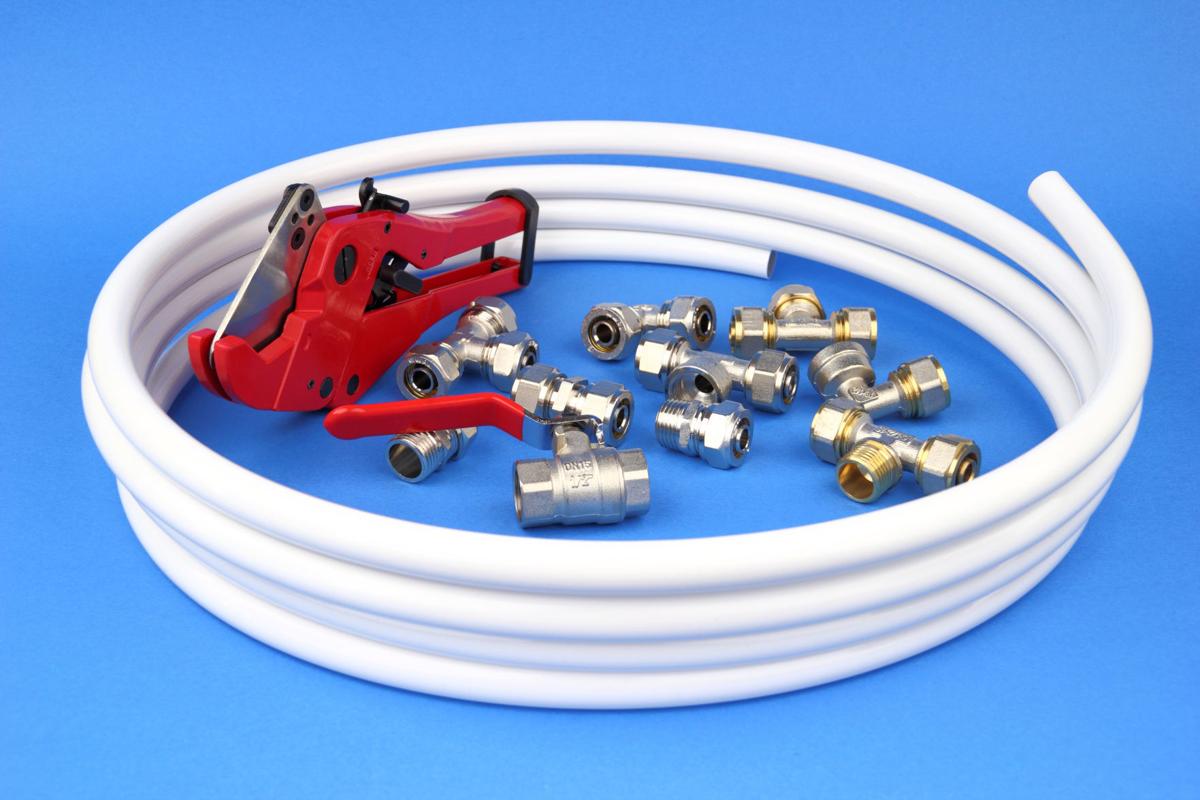QUESTION: The water supply plumbing in our house had to be replaced with PEX piping that now runs through the attic. This means that the water for my washing machine now comes from up above. The valves installed for turning off the water are really a problem. We’ve already had to replace the hot-water quarter-turn valve handle, and now the cold handle has broken, too.
Why are the handles on the on-and-off valves performing so poorly? They are less than five years old, and we only use the washer maybe every seven to 10 days. The cold-water handle is broken now; we already replaced the hot-water handle after using it for about six months.
ANSWER: Your problems probably have to do with the quality of the valves that the plumber installed. We recommend that you contact the plumbers that did the repiping job and have them install solid brass quarter-turn valves with metal handles. They are compatible with PEX and will give you a long service life.
Q: When contractors assess the size of an air conditioner you should buy at your house, why do they always give you calculations measured in square feet instead of cubic feet? After all, you can have a house with very high ceilings and that could play a role in what kind of air conditioner you buy.
A: You are right; that’s a very common mistake that heating and air conditioning contractors tend to make, particularly when they are giving you an estimate over the phone. If a company tries to give you an estimate without a site visit, that should be a huge red flag. The height of ceilings — which are often nine feet or more — needs to be considered in a qualified bid as well as the square footage of the house. We recommend that AC companies do a Manual J load calculation to determine the correct size unit for your home. It’s one of the calculations developed by the Air Conditioning Contractors of America.
Q: I’m switching to time-of-use electric billing this summer with my utility company. I’ve read up about super-cooling your house during the low-cost hours of the day and then turning off the air conditioning during the high-cost hours. But I’m confused about how to set my thermostat. If I set it to go to 76 degrees at 6 p.m., the AC tends to turn on early to ensure the house will be at 76 degrees at 6 p.m. How do I keep the AC from turning on during the peak cost hours? I want to save the most money and still maximize my comfort.
A: It will probably work by setting the thermostat so that it goes to 76 degrees at 6:15 p.m. or maybe 6:30.
Q: Should a stucco inspection and any stucco repair be done before painting the outside of a house?
A: Yes, the stucco repair should be done before painting. However, if it’s a very small problem, it’s possible that a professional painter can do the job before painting begins. If it’s a large problem, like multiple cracks in parapets on a flat roof, they should be fixed first by a company that specializes in stucco repairs.





